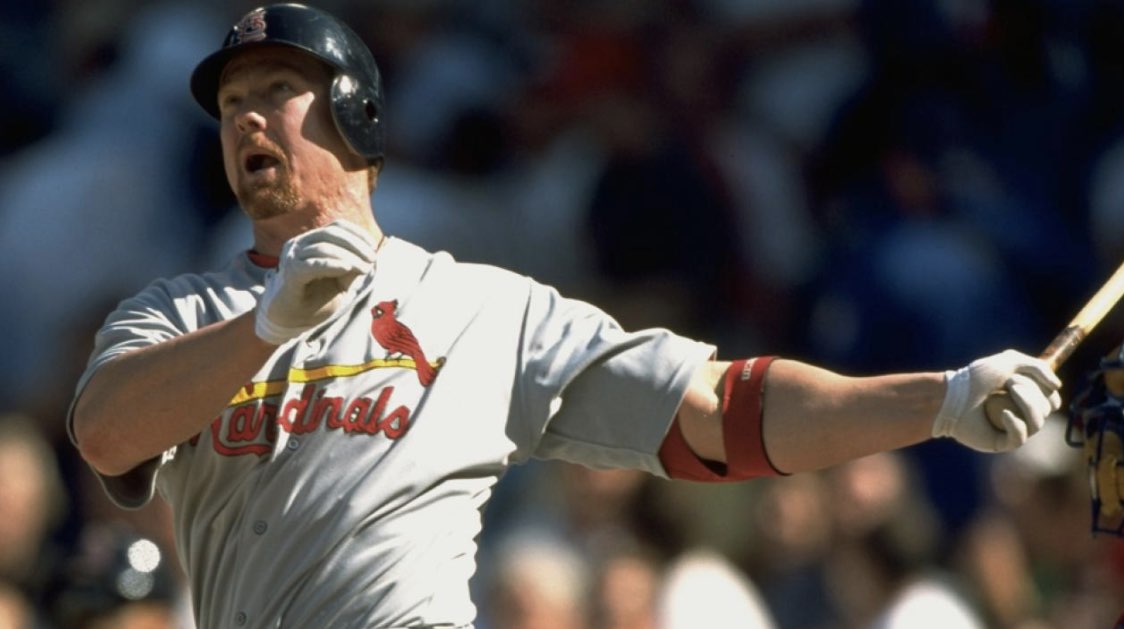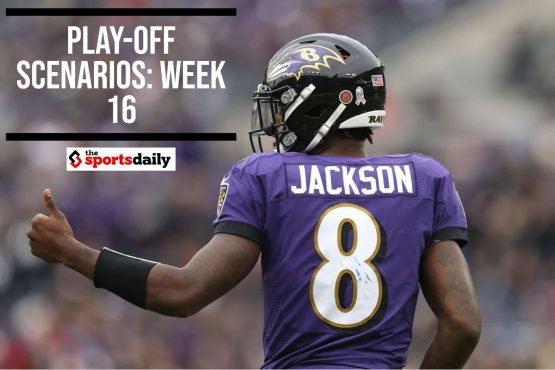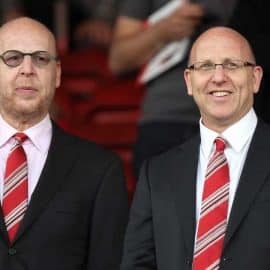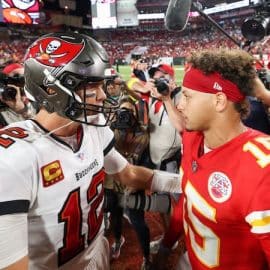Though the current position of Major League Baseball in regard to the years between 1995 and 2005 seems to be to pretend they never happened, the steroid era was an enthralling, if tainted, period in the history of the sport. And while most journalists act only to label the stars of that period like Mark McGwire, Barry Bonds, and Roger Clemens as little more than cheats, frauds, and defamers of the national pastime, the reality is much more nuanced. Today, we’re going to examine the other side of the coin and take a closer look at the most infamous decade in professional sports:
Did Steroids Save Baseball?
In 1994, the MLB reached its nadir when a protracted labor dispute between players and owners led to the cancellation of the World Series for the first time in nearly a hundred years. It’s difficult now to realize the negative effect the 1994 strike had on the league as a whole, but the fact that attendances dropped 20% across the board is a pretty solid indication of the dire straits baseball inhabited at the time.
Then, in 1998, everything changed. Mark McGwire and Sammy Sosa captured the attention of a nation with a home-run race for the ages. Soon after, both McGwire and Sosa’s tallies from that season were eclipsed by Barry Bonds, but the impact that summer had in reinvigorating baseball was astronomical. Without it, who knows where baseball would be now.
The Dilemma of the Asterisk
No sport values the sanctity of its statistics more so than baseball, yet, the steroid era saw a number of hallowed home-run records fall. From virtually the moment Barry Bonds bettered Hank Aaron’s all-time home-run mark, certain baseball fans have clamored for an asterisk to be placed next to Bonds’ name in the record books. The problem, though, is determining objective criteria for amending the record books. Bonds never failed a drug test set up by professional baseball, and while most sportswriters are of the opinion that he did use performance-enhancing drugs to achieve many of his records, how would one go about “policing” the steroid era? Should all statistics between the years 1995-and 2005 be adorned with an asterisk? And what about the numbers of players like Ken Griffey Jr. who were never embroiled in the steroid controversy? Should they get the same treatment? The answers to these questions are not easy.
We Miss the Long Ball
Chicks –– and everybody else –– really do dig the long ball. It’s telling that now in the post-steroid era of baseball not a single player in the majors has the real star power sluggers of the past enjoyed. Indeed, no baseball player ranks in the top 100 most-followed athletes on Instagram. (Regardless of Bryce Harper’s recent massive payday, he doesn’t command the same attention Bonds, McGwire, or Sosa once did in their day.) Though it’s a bit reductive to say that the lack of clout for major-league stars is solely due to the significant power-outage the game is experiencing, one thing is for sure: people still love home runs and they miss them now more than ever.
Conclusion
The passage of time has a way of coloring our memories. The reality is, the end of the steroid era was one of the bleakest moments for pro baseball. Practically every night brought new allegations, new testimonies, new failed drug tests. Anchors on SportsCenter spent more time analyzing the contents of micro pipettes and test tubes than they did performance on the field. Still, the steroid era also produced some of the most memorable –– and thrilling –– games, players, and feats of all time. Trying to sum it up in a single word, sentence, or article is next to impossible.
Add The Sports Daily to your Google News Feed!







